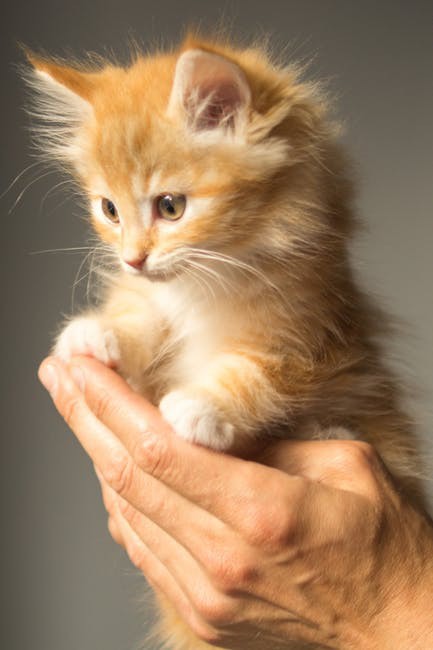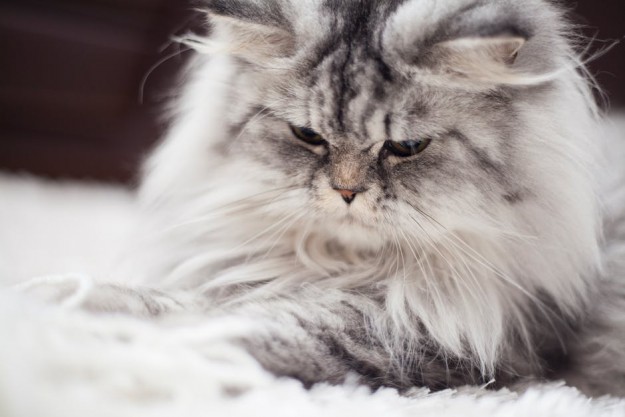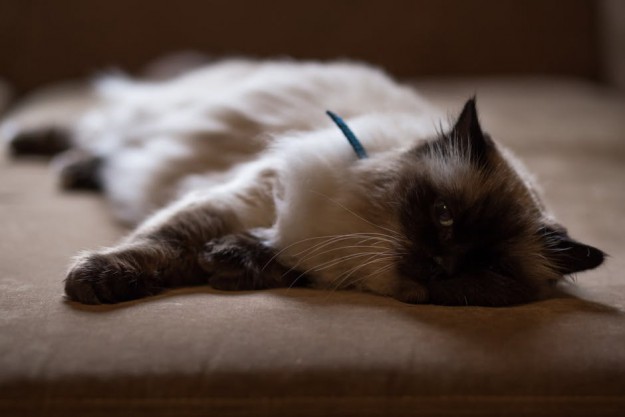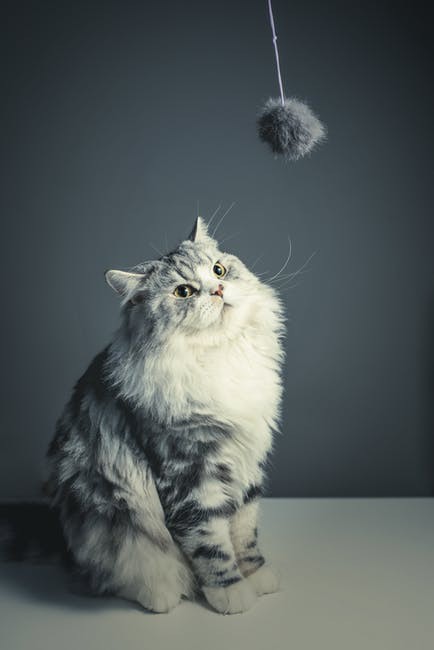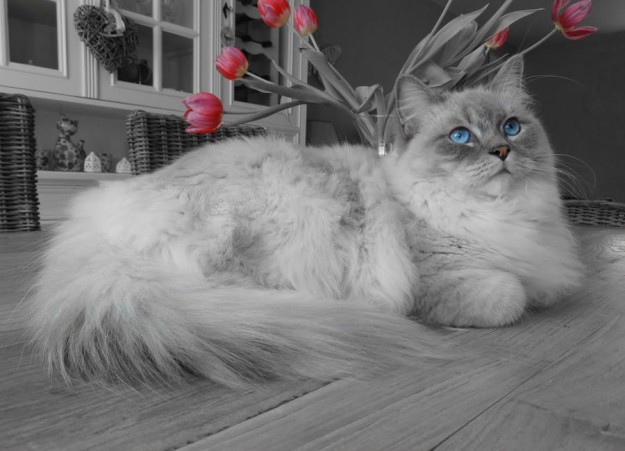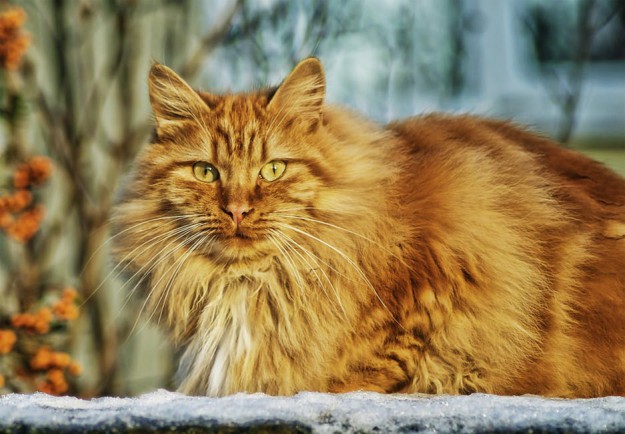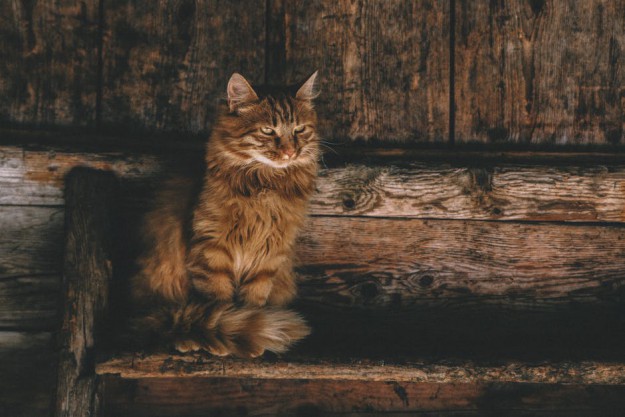
Persian
USD $1500 - $3000 Price Avg.
Medium, Large
Size
Yes
Lap Cat
14 to 15 years
Lifespan
Breed Information
| Popularity/Rank | 4 |
|---|---|
| Name | Persian |
| Other names | Longhair, Persian Longhair, Shiraz, Shirazi |
| Origin | Iran (Persia) |
| Size | Medium, Large |
| Coat | Longhair, Silky, Glossy |
| Lap Cat | Yes |
| Lifespan | 14 to 15 years |
| Temperament |
Quiet, Sedate, loyal, Affectionate 1. Quiet: The Persian cat is a quiet breed that is known for its gentle and loving nature. These cats are typically very affectionate with their owners and enjoy spending time in their laps. While they may not be the most vocal of cats, they will often purr contentedly when being petted or brushed. 2. Sedate: The Persian cat is a sedate breed that is known for its calm and easygoing personality. These cats are typically very laid back and enjoy spending time relaxing in their owner’s lap. They are not particularly active cats, preferring to spend their days lounging around the house. 3. Loyal: The Persian cat is a loyal breed that is known for its devoted and loving nature. These cats form strong bonds with their owners and are typically very affectionate. They enjoy spending time with their family and can often be found following them around the house. 4. Affectionate: The Persian cat is an affectionate breed that is known for its loving and gentle nature. These cats form strong bonds with their owners and enjoy spending time cuddling and being petted. They are typically very sweet-tempered and make excellent companions. |
| Weight | Females: 8-12 pounds, Males: 9-13 pounds |
| Colors | Black, Blue, Chocolate, Cream, Lilac, Red, White |
| Kitten Prices |
USD $1500 - $3000
When it comes to Persian kittens, the price can vary greatly depending on the breeder or the reputation of the breeder. Generally speaking, Persian kittens can cost anywhere from $1500 to $3000. However, there are some factors that can impact the price of a Persian kitten. For example, if the parents of the kitten are show quality cats, then the kitten will likely be more expensive. Additionally, if the breeder has a good reputation, they may charge more for their kittens. Ultimately, it is up to the buyer to decide how much they are willing to spend on a Persian kitten. There are a few things to keep in mind when considering whether or not to purchase a Persian kitten. First and foremost, Persians require a lot of grooming. If you are not willing to put in the time and effort required to groom your cat properly, then a Persian is probably not the right breed for you. Additionally, Persians can be prone to health problems so it is important to do your research and make sure you are getting a healthy kitten from a reputable breeder. Overall, if you are looking for a beautiful and unique cat breed, then a Persian may be right for you. Just be prepared to spend some time and money on proper care and grooming! |
Breed Characteristics
| Adaptability | |
|---|---|
| Affection Level | |
| Child Friendly | |
| Dog Friendly | |
| Energy Level | |
| Grooming | |
| Health Issues |
Hairballs, obesity, diabetes, respiratory problems, heart disease, kidney disease, cancer Is Persian cat Hypoallergenic? There is no definitive answer to this question as it depends on the individual cat. Some Persian cats may be hypoallergenic, while others may not be. It is thought that the hypoallergenic properties of Persian cats may be due to their long, dense fur, which traps allergens and prevents them from being inhaled. However, this is not always the case, and some people may still be allergic to Persian cats even if they have long fur. 1. Hairballs Hairballs are a common problem for Persian cats. They are caused by the cat's long fur, which can become matted and tangled. When the cat grooms itself, the fur can be ingested and form a hairball in the stomach. Hairballs can cause vomiting, constipation, and weight loss. 2. Obesity Persian cats are prone to obesity. This is due to their sedentary lifestyle and their love of food. Obesity can lead to health problems such as diabetes, respiratory problems, and heart disease. 3. Diabetes Diabetes is a common health problem in Persian cats. It is caused by the cat's inability to produce insulin. Diabetes can lead to weight loss, weakness, and dehydration. 4. Respiratory problems Persian cats are prone to respiratory problems. This is due to their flat faces, which can make it difficult for them to breathe. Respiratory problems can lead to coughing, wheezing, and difficulty breathing. 5. Heart disease Heart disease is a common health problem in Persian cats. It is caused by the cat's sedentary lifestyle and obesity. Heart disease can lead to heart failure, arrhythmias, and sudden death. 6. Kidney disease Kidney disease is a common health problem in Persian cats. It is caused by the cat's inability to properly filter toxins from the blood. Kidney disease can lead to kidney failure, anemia, and weight loss. 7. Cancer Cancer is a common health problem in Persian cats. It is caused by the cat's exposure to toxins and chemicals. Cancer can lead to tumors, organ failure, and death. |
| Intelligence | |
| Shedding | |
| Social Needs | |
| Stranger Friendly | |
| Vocalization | |
| Health Care |
Persian cats are one of the most popular breeds of cats, and they are also one of the most high-maintenance breeds. Because of their long, thick fur, they require a lot of grooming, and they are also prone to a number of health problems.
Persian cats should be brushed daily, and they should also be bathed regularly. Their fur is very prone to matting, so it is important to keep it well-groomed. Persian cats should also be groomed by a professional every few months. Persian cats are also prone to a number of health problems, including respiratory problems, eye problems, and skin problems. Because of their long fur, they are more likely to develop hairballs, and they are also more likely to get ear infections. If you are considering getting a Persian cat, be prepared to spend a lot of time and money on their care. They are high-maintenance pets, but they can be very rewarding. |
History
The Persian cat is a long-haired breed of cat characterized by its round face and short muzzle. It is also known as the "Persian Longhair" in the English-speaking countries. In the Middle East they are widely known as "Iranian cats". The first documented ancestors of the Persian were imported into Italy from Iran (Persia) around 1620. At first, they were not particularly popular, but their popularity increased when they were introduced to France in the mid-17th century by Italian noblewomen who had them as pets. By the early 19th century, Persians had become one of the most popular cat breeds in Europe and North America.
The Persian breed almost became extinct during World War II due to a lack of food, but was saved by American servicemen who brought them back to the United States. The American servicemen liked the Persian cats because they reminded them of their own long-haired cats back home. After the war, the Persian breed became popular again and has remained one of the most popular cat breeds ever since.
The ancestry of the Persian cat is somewhat uncertain. Some believe that it is descended from a naturally occurring mutation in domestic cats in Iran, while others believe that it is a descendant of the Turkish Angora or other long-haired Asian cat breeds. However, there is no definitive answer and further research is needed to determine its true ancestry.
From where Persian cat recognized as a breed? The first documented ancestors of the Persian were imported into Italy from Iran (Persia) around 1620. At first, they were not particularly popular, but their popularity increased when they were introduced to France in the mid-17th century by Italian noblewomen who had them as pets. By the early 19th century, Persians had become one of the most popular cat breeds in Europe and North America.
Description
The Persian cat is a medium to large sized cat that is known for its long, thick fur. The coat of a Persian cat can come in a variety of colors and patterns, but the most popular coat color is white. Persian cats are also known for their round faces and large, round eyes.
Persian cats typically weigh between 8 and 12 pounds. They have a lifespan of 10 to 15 years.
Persian cats are generally calm and gentle in nature. They are not particularly active, preferring to spend most of their time lounging around the house. Persian cats get along well with other animals and children. They do require regular grooming due to their long fur coats.
Persian cats are generally healthy, but like all breeds, they are prone to certain health conditions such as respiratory problems and eye infections. It is important to consult with a veterinarian before getting a Persian cat to ensure that they are a good fit for your home and lifestyle.
Persian cats make great pets for families or individuals who are looking for a calm, loving companion. They do require some extra care due to their long fur coats, but many people find this grooming routine to be enjoyable.




